Assoc.Prof.Dr. Pham Van Song - Principal of Eastern University of Technology ( Dong Nai ): Improving research capacity
On June 27, 2025, the National Assembly passed the Law on Science , Technology and Innovation with 435/438 delegates present in favor. This law, consisting of 73 articles, will take effect from October 1, 2025, aiming to establish major policies to promote research, technology development and innovation nationwide.
The Law on Science, Technology and Innovation orienting universities to become centers of scientific research and innovation is a strategic step, redefining the mission of higher education . To successfully carry out this mission, in addition to universities needing to change their strategies and have specific action plans, they need support from many resources from the State.
First, the State needs to invest in finance and budget, and innovate the financial mechanism for universities. The nature of scientific research and innovation, especially basic research, does not bring immediate economic results. Therefore, in addition to socialization, there needs to be strategic determination in focusing funding for scientific research, especially basic research, which is rarely funded by the private sector.

Budgetary spending on university research needs to be increased, along with flexible and transparent financial mechanisms to attract talent and “nurture” research results. In addition, there needs to be preferential policies in public procurement for products from science and technology organizations.
Next is to develop and attract high-quality human resources. The State needs to support the training and development of highly qualified lecturers and researchers, especially those with doctoral degrees. There needs to be an open mechanism to attract outstanding scientists and professors with appropriate remuneration, while at the same time building and developing strong research groups.
Policies to encourage individuals to engage in scientific activities are also necessary. The “liability exemption” policy in the Law is progressive and extremely practical, helping scientists feel secure in their research. However, it is necessary to specify this policy to create more favorable conditions for scientific research activities of universities.
Research universities need to invest in modern infrastructure such as libraries and laboratories that meet international standards. Therefore, schools need to invest in upgrading infrastructure and building a professional research environment. This creates a research culture with a spirit of academic freedom, simplifying administrative procedures so that scientists can focus on their expertise.
Universities that want to be strong in research need to innovate governance and promote multi-dimensional cooperation. The State needs to radically reform the governance model, give strong autonomy to universities, and promote policies that encourage international and interdisciplinary cooperation. Universities need to closely connect with businesses so that research activities become the driving force for startups and socio-economic development.
Dr. Dang Xuan Ba - Director of the Center for Intelligent Robotics, Ho Chi Minh City University of Technical Education: Motivation for scientists to commit to the end

In the 80/20 principle of scientific research, a product with 80% completion only takes 20% of the time. And to get the product to 100%, that is, to continue working on the remaining 20%, scientists must spend 80% of their time. That shows that to complete a product, scientists need a lot of time. Therefore, they need great motivation to solve the remaining 20%. So what helps scientists continue to commit?
In my opinion, there are two things that will help them continue: external and internal stimuli. Externally, scientists need incentive policies from state management agencies.
The Law on Science, Technology and Innovation with the mechanism that scientists receive 30% of the profits if the research is commercialized is a clear incentive mechanism, creating great motivation for scientists to perfect the final product. Stimulation from within, that is the quality of every scientist, always having the mindset to research to the end of the problem. This is considered the quality of many researchers. They want to prove that their products can be used well and recognized by society.
In fact, in the business model, research and development (R&D) activities only account for a small part of the overall business activities, besides marketing, sales, promotion, customer care, paperwork, etc. I think that R&D activities will be the task of the university and the business will do the sales work in this cooperative relationship. This model has been successful in many countries, especially China and Korea, with leading businesses having research teams that are professors and doctors in universities.
In addition to research policies, the State needs to have market support mechanisms to help domestic production. Specifically, supporting industries need to be supported by many policies to develop and be able to compete with imported goods. This helps research products to be competitive in price compared to other products, increasing the possibility of commercialization.
Dr. Huynh Thien Tai - Deputy Head of Department in charge, Department of Science, Technology and Foreign Relations, Ho Chi Minh City University of Natural Resources and Environment: Unleashing scientists with the "contracted spending" mechanism

The risk-taking orientation in research mentioned in the Law on Science, Technology and Innovation is a step forward in line with the nature of science. In case the research is unsuccessful, the scientist can stop without having to compensate the cost.
More importantly, researchers need to publish unsuccessful results so that the scientific community can avoid repeating mistakes, considering them as lessons learned. With this mechanism, I believe that it will solve the problem in current research that scientists have to do everything possible to get their research accepted according to the original registered product.
Regarding financial mechanisms, the “contracted expenditure” mechanism will help untie scientists. Because in reality, research topics using the budget must go through an annual evaluation and acceptance process according to each complex topic. Financial and accounting procedures also take up a lot of scientists’ time.
I have participated in projects funded by the State and private sector and found that it is suitable for the characteristics of science. Because the funding disbursement mechanism is implemented according to the progress of the scientist's work. The scientific council evaluates the results of each stage of the project to decide whether to continue funding or stop.
The fund management agency only cares about the final results, allowing scientists to be proactive in using funds appropriate to their research purposes. This helps scientists have time to focus on their professional work to produce quality research products.
In addition to investing in strong research groups and leading experts, I think that management agencies need to pay attention to supporting young scientists. These are talents that need to be facilitated and financially supported to develop their abilities and strengths. There should be many sources of research funding for young scientists to easily access.
Of course, young scientists must also go through rigorous assessment and evaluation steps when receiving research funding. Implementing a flexible funding mechanism and accepting risks in scientific research not only encourages creativity but also helps the country quickly catch up with global science and technology trends.
MSc. Dang Thi Luan - Deputy Director in charge of the Center for Creative Entrepreneurship (Department of Science and Technology of Ho Chi Minh City): Creating momentum for the startup ecosystem

The Law on Science, Technology and Innovation for the first time incorporates innovation into the law and is recognized as an independent pillar that helps create a unified and synchronous legal framework. Support policies will be designed in a more direct and effective way for the national innovation ecosystem.
Thus, activities such as incubation, startup acceleration, venture capital, policy testing (sandbox)... will have a solid legal foundation for effective implementation.
In addition, this fundamental change also strongly impacts the awareness of the whole society, from policy makers, scientists to the business community, about the importance of linking scientific research with practical applications and market needs.
From a practical perspective in Ho Chi Minh City, which has the most vibrant startup and innovation ecosystem in the country, I see that when innovation is clearly institutionalized, localities will have more tools, legal corridors and resources to proactively deploy appropriate support models. More importantly, this opens up opportunities for better connection between components in the ecosystem, from startups, institutes, businesses, investors to state management agencies, in the direction of co-creating value.
The Law on Science, Technology and Innovation provides incentives for innovation centers such as priority in land rental; priority in using research equipment in shared laboratories; information and communication support; trade promotion... This is a positive signal that not only helps to improve the support infrastructure, but also shortens the policy access gap for startups.
When the center is given incentives in terms of land, infrastructure; research equipment; information, communication or trade promotion support, the startups themselves are the direct beneficiaries through the services provided by the innovation center. This is especially important in the context of small businesses and startups with limited resources.
“Regarding the 30% remuneration for scientists if the research topic is successfully transferred and commercialized, I think this is a big step forward, valuing the role and efforts of scientists in ensuring that they receive what they contribute.
However, to commercialize research, it requires the participation of businesses according to a 3-party model: Scientists - schools - businesses carry out the research together. After the research results are obtained with intellectual property rights, scientists can transfer them to businesses and they can benefit from the research results due to copyright recognition." - Dr. Huynh Thien Tai
Source: https://giaoducthoidai.vn/cuoc-dai-phau-giup-khoa-hoc-cong-nghe-but-pha-post745630.html





![[Photo] Multi-colored cultural space at the Exhibition "80 years of the journey of Independence - Freedom - Happiness"](https://vphoto.vietnam.vn/thumb/1200x675/vietnam/resource/IMAGE/2025/8/26/fe69de34803e4ac1bf88ce49813d95d8)


![[Photo] Hanoi: Authorities work hard to overcome the effects of heavy rain](https://vphoto.vietnam.vn/thumb/1200x675/vietnam/resource/IMAGE/2025/8/26/380f98ee36a34e62a9b7894b020112a8)
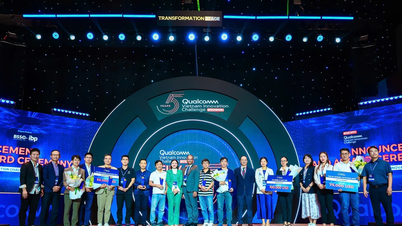



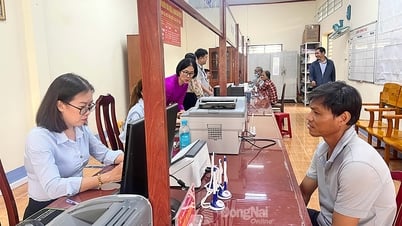





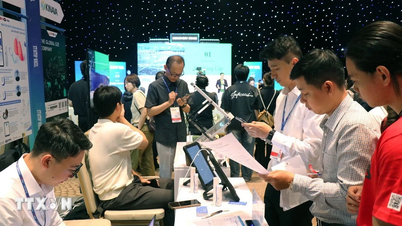
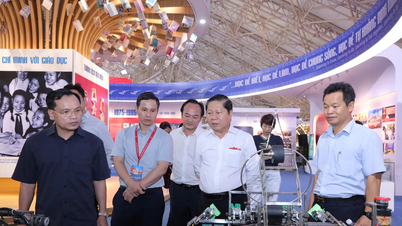





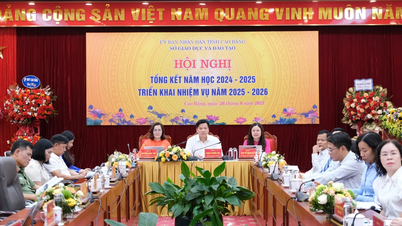








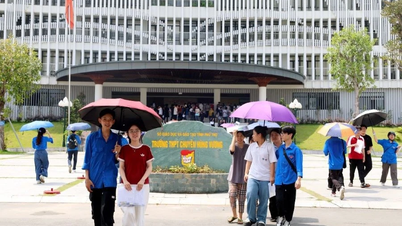
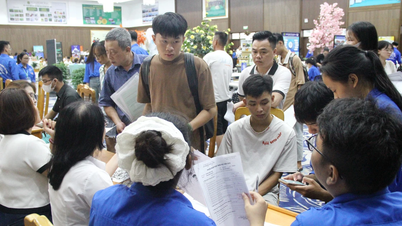

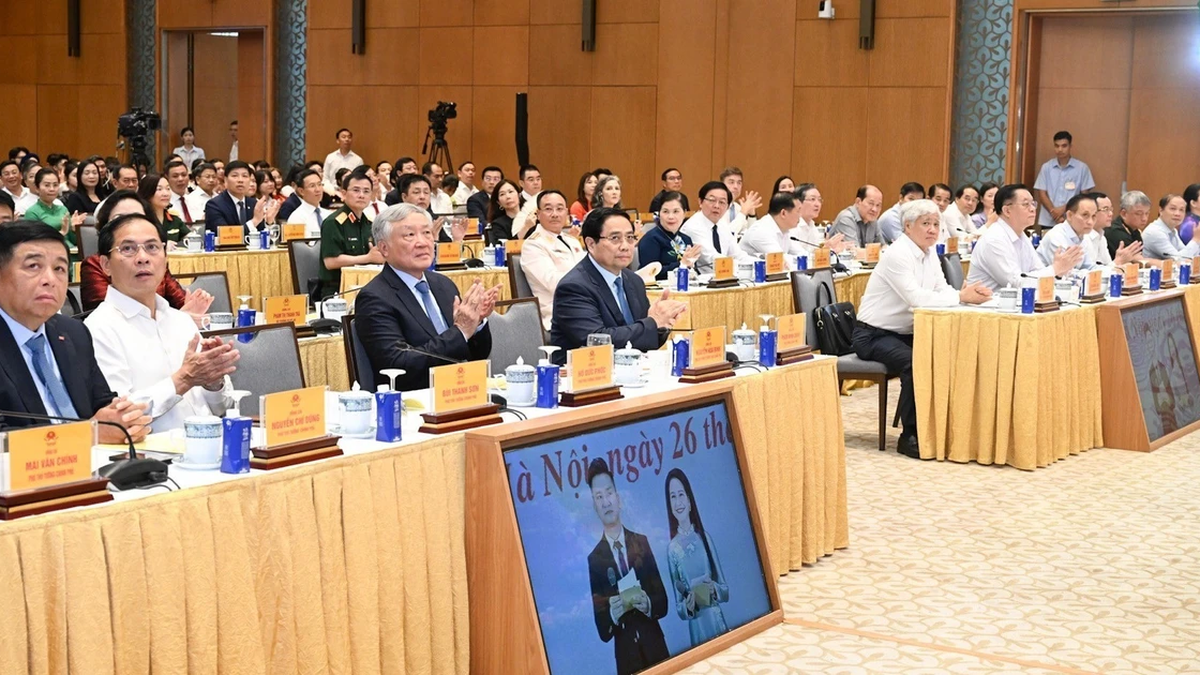


















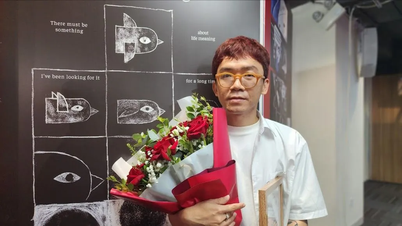
















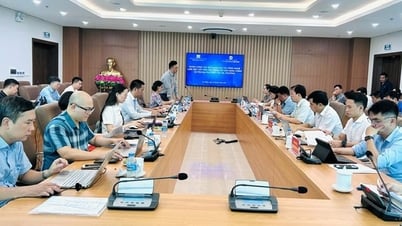

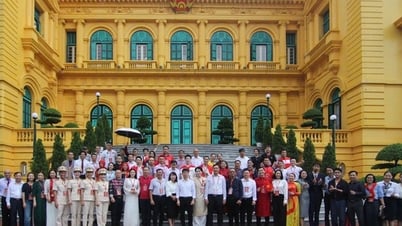




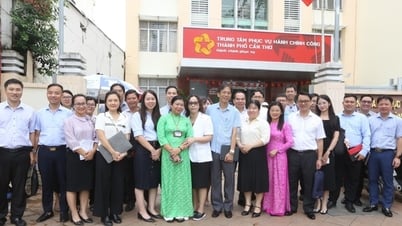
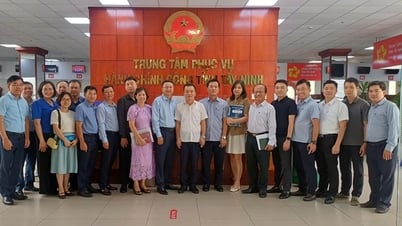












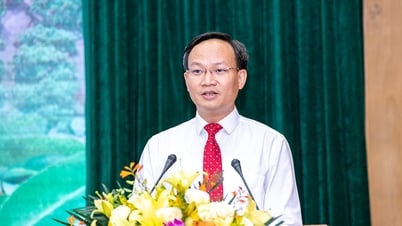


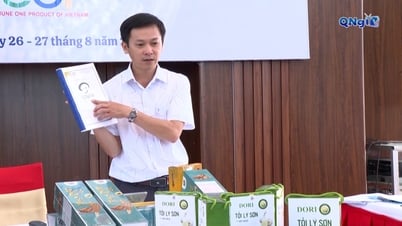










Comment (0)